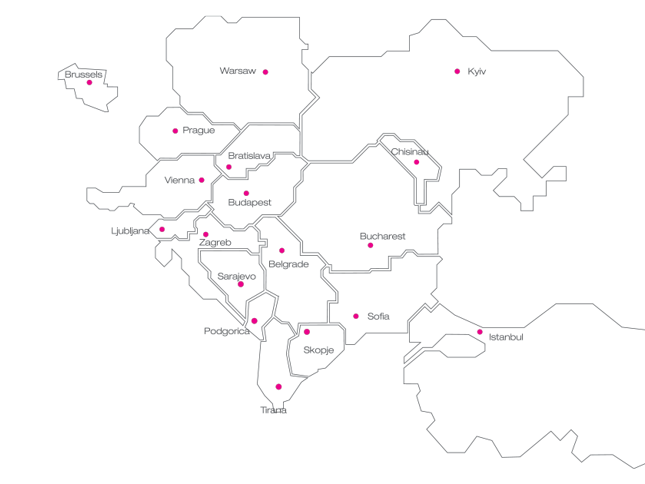Intro text - what is this info corner about, situation in CEE, 2-3 paragraphs. Intro text - what is this info corner about, situation in CEE, 2-3 paragraphs. Intro text - what is this info corner about, situation in CEE, 2-3 paragraphs. Intro text - what is this info corner about, situation in CEE, 2-3 paragraphs.
Intro text - what is this info corner about, situation in CEE, 2-3 paragraphs. Intro text - what is this info corner about, situation in CEE, 2-3 paragraphs. Intro text - what is this info corner about, situation in CEE, 2-3 paragraphs. Intro text - what is this info corner about, situation in CEE, 2-3 paragraphs. Intro text - what is this info corner about, situation in CEE, 2-3 paragraphs.
Intro text - what is this info corner about, situation in CEE, 2-3 paragraphs. Intro text - what is this info corner about, situation in CEE, 2-3 paragraphs. Intro text - what is this info corner about, situation in CEE, 2-3 paragraphs. Intro text - what is this info corner about, situation in CEE, 2-3 paragraphs. Intro text - what is this info corner about, situation in CEE, 2-3 paragraphs.

local environmental law
In the country sections of this info corner, we shed light on the respective regulations in your country:
legal updates across CEE
event
Green Compliance & EU-Omnibus
21. Jänner 2026 | 9:00 - 10:30 Uhr | Schottenring 19, 1010 Wien
event
VSME-Standard nach Omnibus: Neue Anforderungen und Chancen für öffentliche und kommunale Unternehmen
30. Oktober 2025 | Online
event
From Pixels to Planet – Digitalisierung nachhaltig denken
20. November 2025 | Climate Lab, Wien (Hybrid)
newsletter
Client alert: Hungary to designate 17 "eased areas" for wind turbines – key legal changes signal stronger role for wind in upcoming grid capacity tenders
Hungary has taken a significant step toward accelerating wind energy development by proposing the designation of 17 districts as "eased areas" (also referred to as renewables acceleration areas under EU legislation) for wind power projects. Most of these proposed zones are in the northwest Kisalföld region and its surroundings, but faster permitting and more favourable conditions would also apply to wind projects in the districts of Dunaújváros, Heves, Mezőtúr, Miskolc and Törökszentmiklós.
Short info on our CEE environmental law team. We can advise on anything, our team is experienced and strong - contact us

Christoph
Cudlik
Partner
austria vienna

